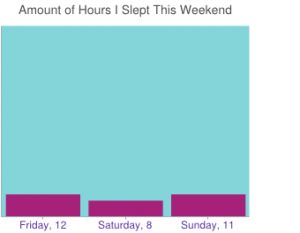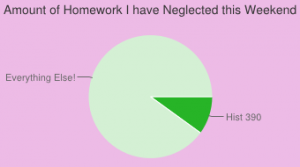Introduction
My website is http://agentorangepastandpresent.onmason.com/
This site is about the history and the conflict that comes with Agent Orange. For those who do not know, Agent Orange was a herbicide used to defoliate the surrounding forests of military bases in Vietnam, as well as areas that had low visibility due to the dense jungle throughout Vietnam. There is much controversy surrounding the side effects on those who were in direct contact with the chemical. Agent Orange is attributed with startling birth defects, diabetes and many different cancers. This website will not be dealing with the claims of death, and health deficiencies, instead a focus is put toward the physical areas sprayed and the amounts sprayed. The people affected will not be addressed because the data about them is too vast in its disparity. There is also conflicting evidence as to how much was sprayed where and by whom. Approaching this topic is complicated because it has caused a lot of people pain. This website’s purpose is to try to illuminate the conflicting evidence so that readers can make their own somewhat informed opinion. I am trying to show the variance of evidence on the use and distribution of herbicide use in Vietnam.
What is Agent Orange?
Agent orange was a chemical the United States sprayed in order to eliminate foliage that enemy guerrillas used as cover in the Vietnam War. It was also used to increase visibility around military bases. As a tool of war the U.S also applied herbicides to rice crops, in an effort to eliminate their enemy’s food source. Agent Orange is just one of several chemical defoliants used in the Vietnam War. There was Agent Pink, Green, Purple, Blue and White. Named for the color strips around the outside of the barrels that contained the toxic substances.
Operation Ranch Hand was the mission under which the herbicides were sprayed. Of all the chemicals sprayed in Vietnam “between August 1961 and April 1971 . . . dispersed some 72 million liters of herbicides over the former South Vietnam, of which 42 million liters were Agent Orange.” (Palmer). Agent orange is made up of two chemicals 2,4,5-T and 2,4-D. Each of these chemicals by themselves are common weed killers still used today. Once mixed together, in their 50/50 ratio, they become extremely potent. Due to the high levels of demand for the rainbow of herbicides, chemical companies often took short cuts when it came to preparing the toxins. As David Zierler argues in his book The Invention of Ecocide, the amount of toxins produced can be lessened if the production is given enough time and prepared thoroughly. When the proper precautions are not taken high levels of TCDD are left behind. TCDD is the toxin that persists for years after the spraying of herbicides. Short for 2,3,7,8- tetrachlorodibenzo-para-dioxin, it is often simply called dioxin. This dioxin is what pollutes the ground, and the water table. There is evidence that military officials were aware of the damage the faster paced production would produce, but because it was to be used on the enemy, they simply did not care. The chemicals themselves are actually a growth hormone. If added to the plant in small amounts it increases the plants growth. If too much is added the plant grows rapidly, until the plant can’t handle it, and it shrivels and dies.
Preservation of My Website
The subtitle of my website is “A Work in Progress” because I intend to keep up with my website in the future. This topic has interested me, so I hope to continue my research. But as far as preservation goes I have saved my information into a separate document. That document was uploaded to Google drive so that I can return to it even if my computer crashes. I also saved the information onto a USB thumb drive. I doubt that those will become outdated in computers any time soon. BUT if they do, I also printed off a copy and placed that in my school folder of my filing cabinet. I think that covers most possible contingencies. If one copy goes I have the other one to go back to. I also have to make sure that I remember my log in information, and where I put the thumb drive in order to be able to retrieve the information again. This summer I am planning on finally backing up my computer which is one of the key things I have taken away from this course.



Recent Comments